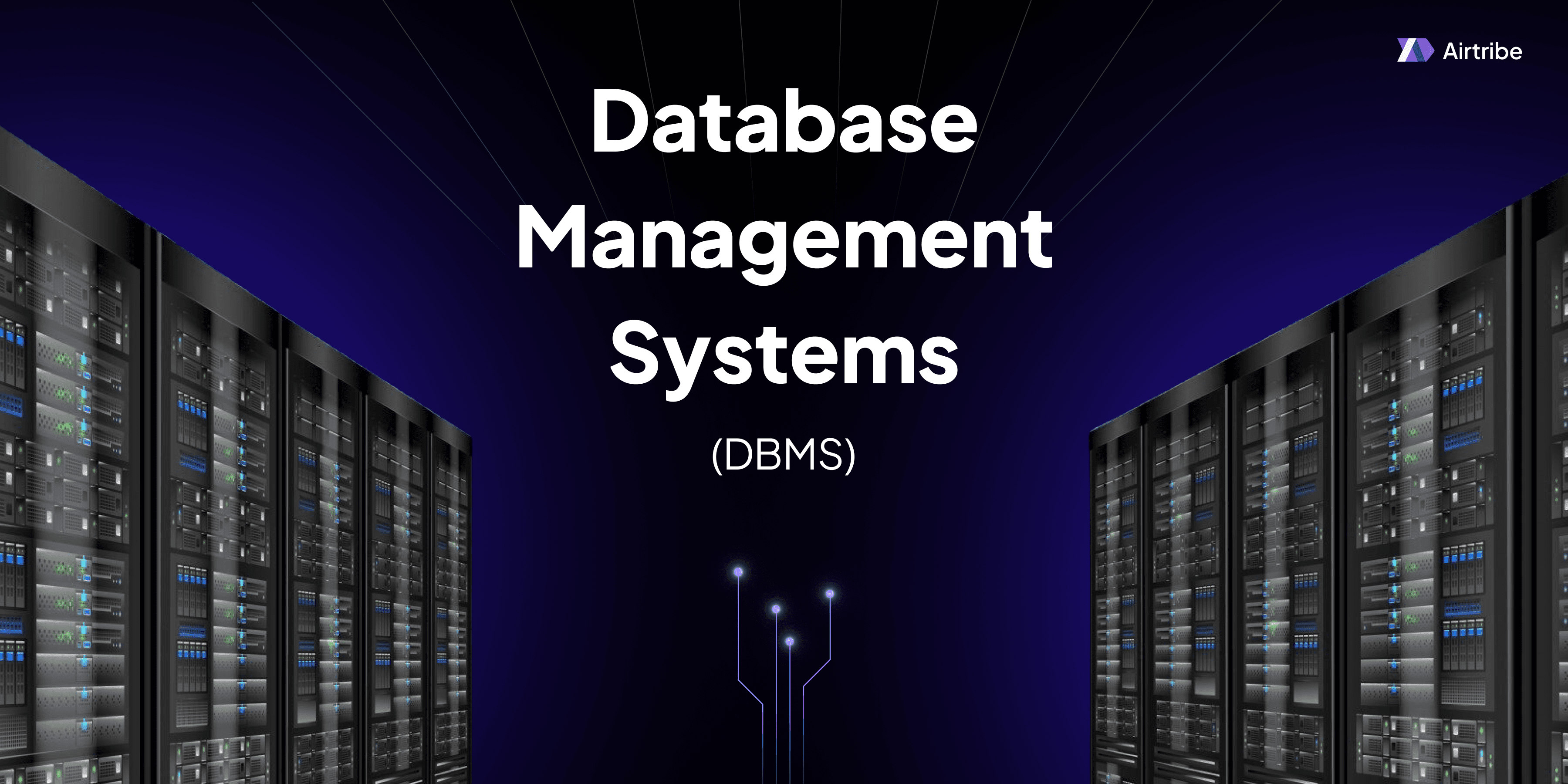Essential Components of table

Understanding the Building Blocks of RDBMS Tables
Relational Database Management Systems (RDBMS) are an integral part of modern data management, enabling efficient storage, retrieval, and manipulation of structured data. At the heart of any RDBMS is the table, a fundamental component that organizes data in rows and columns. This article delves into the essential components of tables within an RDBMS, exploring their structure and utility.
Core Concepts and Structures of RDBMS Tables
In RDBMS, a table is used to store data in a structured format. It is akin to a spreadsheet, comprising columns (fields) and rows (records). Each column in the table represents a different attribute of the data, while each row represents a unique record. Let's explore these components:
Columns (Fields): These are the vertical lines in a table and describe the categories of data stored. Each column is assigned a specific data type, such as INTEGER, VARCHAR, or DATE, to dictate what type of data it can hold.
Rows (Records): The horizontal lines in a table represent individual data entries or records. Each row contains data corresponding to the columns, forming a complete data entry.
Primary Key: This is a unique identifier for each record in a table. A primary key ensures that each row can be uniquely identified, which is crucial for maintaining data integrity.
Foreign Key: A field (or collection of fields) that establishes a link between tables, allowing for relationships between different datasets. It ensures referential integrity by requiring that a value in one table matches a value in another table intended to hold related data.
Constraints: Rules applied to table columns to enforce data integrity and consistency. Common constraints include NOT NULL, UNIQUE, CHECK, and DEFAULT.
Practical Applications of RDBMS Tables
Tables in an RDBMS are used extensively across various domains. They facilitate storing structured data and performing operations such as SELECT, INSERT, UPDATE, and DELETE. Practical applications include:
Data Management: Tables organize large quantities of data efficiently, making it easier to manage, update, and retrieve information.
Relationship Mapping: Tables allow for establishing relationships through primary and foreign keys, critical in applications like Customer Relationship Management (CRM) systems.
Data Analysis: Structured data stored in tables can be queried and analyzed using SQL queries to derive insights, essential for business intelligence.
Code Implementation: Creating and Modifying Tables
The SQL (Structured Query Language) is used to create and manage tables in an RDBMS. Below is an example of creating a simple table with primary and foreign keys:
CREATE TABLE Employees (
EmployeeID INT PRIMARY KEY,
FirstName VARCHAR(50) NOT NULL,
LastName VARCHAR(50) NOT NULL,
DepartmentID INT,
FOREIGN KEY (DepartmentID) REFERENCES Departments(DepartmentID)
);
CREATE TABLE Departments (
DepartmentID INT PRIMARY KEY,
DepartmentName VARCHAR(100) NOT NULL
);
In this example, Employees and Departments are related through the DepartmentID, which functions as a foreign key in the Employees table.
Comparison and Analysis
While RDBMS tables are ubiquitous due to their structured format and support for complex queries and relationships, it's valuable to understand their alternatives like NoSQL databases (e.g., MongoDB's collections). Here's a brief comparison:
| Feature | RDBMS Tables | NoSQL Collections |
|---|---|---|
| Structure | Fixed schema, rows, and columns | Flexible, schema-less |
| Integrity | Strong ACID compliance via constraints | BASE (eventual consistency) |
| Relationships | Native support through keys | Denormalization with joins |
| Use Case | Structured, relationship-heavy data | Dynamic or hierarchical data |
Additional Resources and References
To expand your understanding of RDBMS tables and their management, consider the following resources:
- "SQL and Relational Theory" by C.J. Date: Explores the theoretical underpinnings of SQL and relational databases.
- PostgreSQL and MySQL documentation: Provides comprehensive guides on creating and managing tables.
- Online courses on platforms like Coursera and Udemy covering SQL and database design.
Understanding these core components of RDBMS tables sets the foundation for efficient database design and management, essential skills for any Software Development Engineer dealing with data-centric applications.


